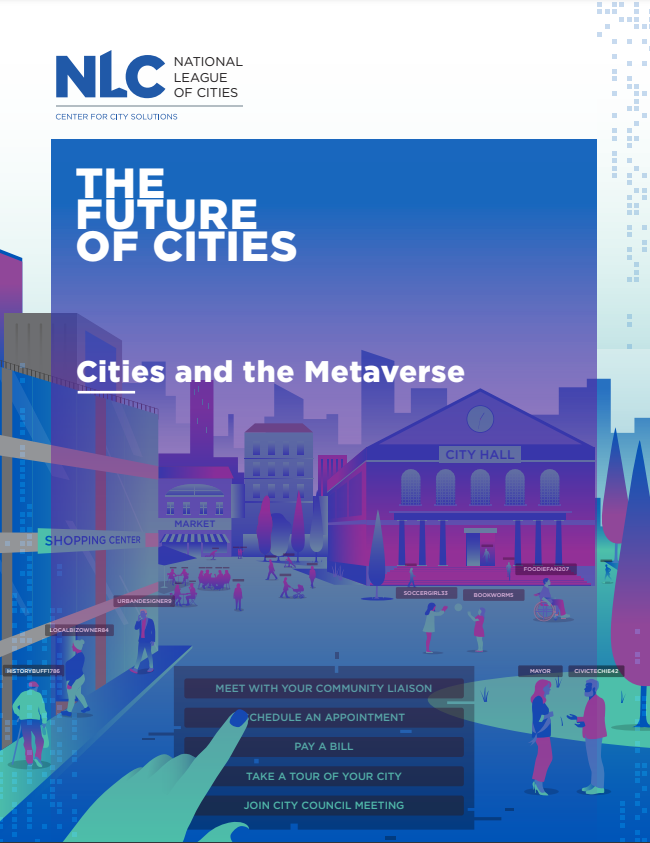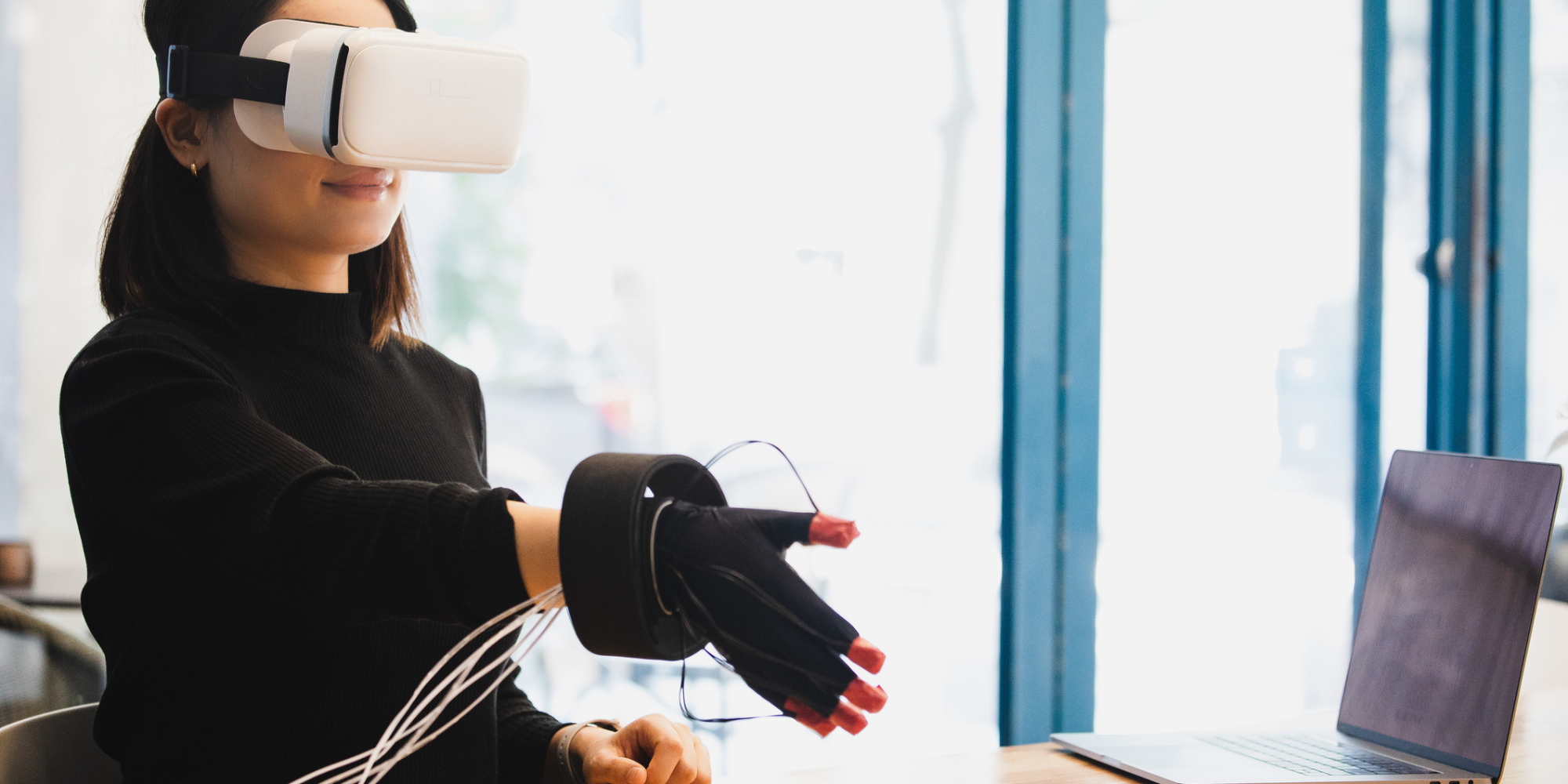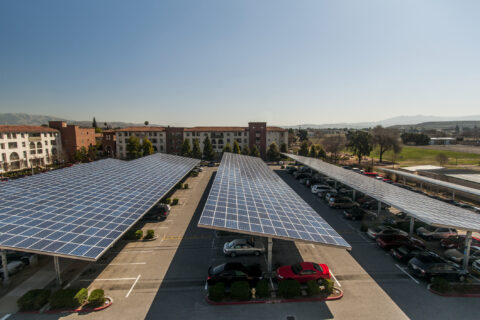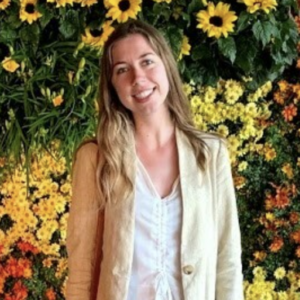Non-fungible tokens (NFTs), Web3, blockchain, bitcoin and the metaverse are consistently making headlines. Leaders around the world are heralding these disruptive technologies as opportunities to create a more inclusive economy, but can we bridge racial, wealth and opportunity gaps as we bridge physical and digital realities? It all depends on how collaborative digital creators are with cities and whether we can first establish the equitable infrastructure needed to bring people online and participate in a virtual world.
The internet as we know it is transforming, converging our physical and digital worlds to create an immersive experience known as the metaverse. A metaverse is a shared space that combines physical and digital realities for enhanced, deeply engaging live, work and play experiences. It uses 3D computing, augmented reality, virtual reality and other technologies to shape our online world. Users can create avatars and exchange cryptocurrencies and NFTs in independent decentralized groups. They can also purchase digital land for building virtual cities, socializing and more.
Education is one space where the metaverse is already making an impact. EON Reality has provided a nearly $12 million grant to bring its knowledge metaverse to Clark Atlanta University. The grassroots movement supplements traditional learning techniques with digital information and extended reality (XR).
An intentionally-developed metaverse will allow creators to “pursue valuable experiences digitally and in real life,” says Kate Atwood, co-founder and CEO of LoCo+. The streaming platform is the first built for Web3 and is a launchpad for emerging film, series, and music creators. Atwood calls LoCo+ the “Betterverse.” She says although technology was supposed to bring us closer together, in reality, we’ve become more isolated. In the Betterverse, there’s more community connection through hyper-local experiences.
“Younger generations want that balance. They’re the truth-seekers; they revere local culture. The Betterverse will be the pendulum swinging back toward local and real life.”
Beyond education and content creation, metaverses also allow cities to deliver critical public services. Seoul, South Korea, is investing in a metaverse platform where residents can meet public officials in avatar form in a virtual office. In Santa Monica, California, residents can collect tokens in a metaverse of the city’s retail district in exchange for digital experiences and real-world items. These ecosystems are another way for governments to engage with the people who live in their cities without the challenges of space, distance, and other barriers.
For now though, most state and local governments are unfortunately allowing the private sector to take the lead in deploying metaverse technology. City, county and state leaders who are tackling issues in the real world, have trouble getting buy-in from stakeholders or envisioning how the benefits outweigh the costs. While they may not yet be ready to take the leap, it is important that governments help shape the metaverse to ensure they are not left behind. They can serve as a voice for their communities—through spaces like Smart City Expo USA—and help stakeholders avoid some of the pitfalls of emerging technologies.

The development of metaverses depends on the future growth of Web3 technologies. When it’s more evolved, users will be able to fully “interact through blockchain technologies that enable a decentralized system of engagement in digital spaces,” according to “Cities and the Metaverse,” a report from the National League of Cities.
That said, the promise of the metaverse begins with sound and equitable infrastructure, which governments and private companies have a collective responsibility to support. This means reliable broadband access for all, particularly low-income communities and communities of color.
It’s difficult to pinpoint exact numbers, but around one-quarter of Americans lack broadband internet access at home. The digital divide affects Black, Hispanic, rural and low-income communities at higher rates than other groups. Citi Global Perspectives & Solutions estimates “the lost GDP of systemic and societal racism and discrimination faced by Blacks over the last 20 years to be $16 trillion.” By bridging the digital divide, we could close that gap, and add $5 trillion in GDP to the economy over five years.
As part of the $1 trillion Infrastructure Investment and Jobs Act (IIJA), Congress has set aside $65 billion for broadband connection, recognizing that fast, dependable broadband is essential to our economy, education, and global competitiveness. States and territories will receive most of the funds for broadband infrastructure, but some money will go toward a subsidy that lowers service costs for qualified households. When combined with low-cost plans, the program can fully cover broadband costs for low-income families.
Next-generation wireless solutions are delivering broadband connectivity to more people. Startups such as WeLink are using advances in 5G and decreasing hardware costs to deploy a mesh network of wireless base stations that delivers fast, cost-effective wireless internet. The company is lowering the barrier to connectivity and providing an alternative to the big internet companies. BlocPower is building hybrid networks for neighborhoods to share web connections and Starlink from SpaceX offers high-speed, low-latency broadband internet using the power of advanced satellites.
In these early days of emerging metaverse technologies, business leaders and developers must work to ensure that underserved communities can fully participate in the virtual world by making broadband and other digital tools accessible and affordable in the real world.

About the Author:
Aarti Tandon is the CEO of Smart City Expo USA, the country’s leading event for cities and the only U.S. edition of Fira Barcelona’s Smart City Expo World Congress. She previously served as the Executive Director of Smart Cities New York and Smart City Expo Atlanta.










